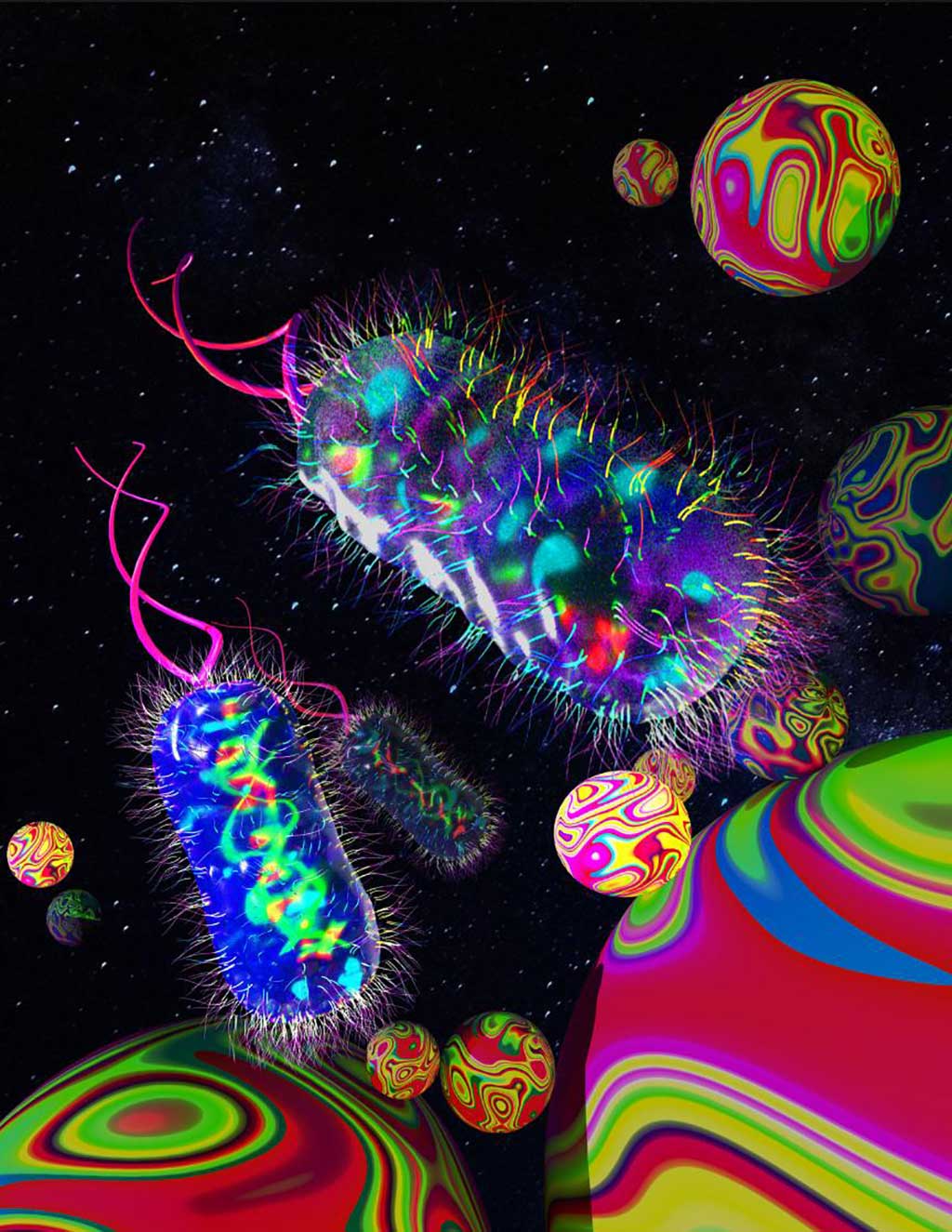Novel Nanofluidic Device Traps and Concentrates Pathogenic Bacteria
By LabMedica International staff writers
Posted on 31 Mar 2020
A nanofluidic device containing stacked magnetic beads of different sizes has been developed to efficiently trap, concentrate, and retrieve Escherichia coli (E. coli) bacteria from liquid suspensions.Posted on 31 Mar 2020
The miniaturized, inexpensive, and transparent device developed by investigators at Rutgers University (Rochester, NY, USA) and the Rochester Institute of Technology (NY, USA) is easy to fabricate and operate, making it ideal for pathogen separation in both laboratory and point-of-care settings.

Image: The image shows bacterial cells trapped in a three-dimensional microbead matrix (Photo courtesy of Wenrong He, Rochester Institute of Technology)
The investigators used computational fluid dynamics, three-dimensional tomography technology, and machine learning to probe and explain the effects of bead stacking in a small three-dimensional space with various flow rates. Ultimately, a combination of beads with different sizes was utilized to achieve a high capture efficiency (approximately 86%) with a flow rate of 50 microliters per minute.
In addition, the investigators showed that the high deformability of the device enabled retrieval of an E. coli sample from a bacterial suspension by applying a higher flow rate followed by rapid magnetic separation. This unique function was also utilized to concentrate E. coli cells from the original bacterial suspension. An on-chip concentration factor of about 11 times was achieved by inputting 1300 microliters of the E. coli sample and then concentrating it down to 100 microliters.
The new device is expected to play an important role in the identification and isolation of drug resistant strains of bacteria, from which at least 700,000 people die each year, including 230,000 deaths from multidrug-resistant tuberculosis.
"The rapid identification of drug-resistant bacteria allows health care providers to prescribe the right drugs, boosting the chances of survival," said contributing author Dr. Ruo-Qian (Roger) Wang, assistant professor of civil and environmental engineering at Rutgers University.
The nanofluidic device was described in the February 19, 2020, issue of the journal ACS Applied Materials & Interfaces.
Related Links:
Rutgers University
Rochester Institute of Technology













